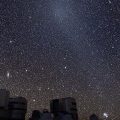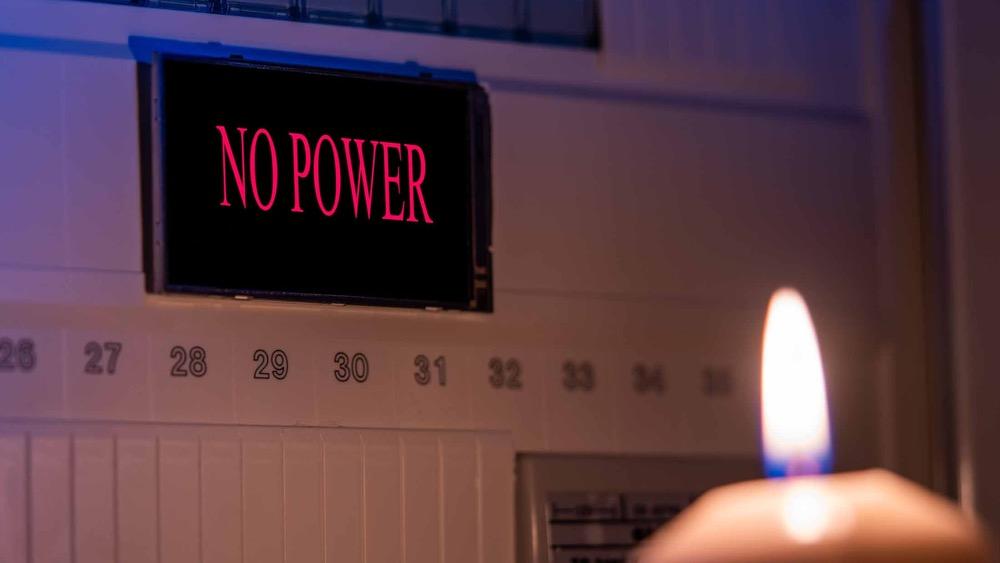We revert back to Standard Time on Sunday, November 6 at 2 am, so our watches will again show the more-correct solar time, and night walks can occur earlier – at more socially acceptable times.
Our second Lunar Eclipse this year is on the Tuesday morning of November 8. The Moon is in Aries, and as the Moon moves into the Earth’s shadow the faint stars of autumn will become visible. Eastern Canadians will have the eclipse in progress at sunrise (moonset).
It is interesting that at mid-month the sky has a water theme with four constellations that refer to water: Pisces Austrinus in the southwest, Aquarius west of due south, Pisces due south and Cetus east of due south. And rising in the east is Eridanus the river with Orion on its western shore.
1 1st Qtr. Moon
6 Daylight Saving Time ends at 02:00 Local Time
8 Full Moon, Lunar Eclipse
9 Uranus at Opposition
14 Moon at Apogee 01:40
16 Last Qtr. Moon
23 New Moon, Sun enters Scopius at 10:55
25 Moon at Perigee 20:31
30 1st Qtr. Moon, Sun enters Ophiuchus 00:08

Lunar Eclipses – November 8, 2022
A lunar eclipse occurs when the Moon orbits through the Earth’s shadow. The penumbra phase is when the Earth’s shadow progresses across the Moon, and the umbra phase is when the Moon is entirely within the Earth’s shadow. The Moon is then illuminated only by light passing through our atmosphere around the Earth’s limb. Since red light doesn’t scatter as much as blue light, the lunar disk will take on a reddish or copper colour. How dark the eclipsed Moon will appear depends on the transparency of the Earth’s atmosphere.
Clouds around the Earth’s limb will block this light and the Moon may almost “disappear”.
The morning total lunar eclipses visible from Canada this year is on November 8 the entire eclipse is visible for the western Canada. However, Eastern Canada will only see the part of the eclipse in the morning through dawn.

Dates for the Phases of the Moon

Planetary Configurations
When at Opposition, planets will appear on the opposite side of the sky from the Sun – very roughly on the meridian at midnight.
Conjunctions are when the planet has the same “longitude” as the Sun. A Superior Conjunction is when the planet is on the other side of the Sun, and an Inferior Conjunction is when it is between the Earth and the Sun. Only Mercury and Venus can be at Inferior Conjunction. Maximum elongation is when Mercury and Venus appear farthest from the Sun in our sky. This occurs either in our morning eastern sky (mor.) or our western evening sky (eve.).
Do not apply the Ottawa-correction times to the times in this table.

Prominent Constellations by Seasons

Brightest Stars

One of Canada’s foremost writers and educators on astronomical topics, the Almanac has benefited from Robert’s expertise since its inception. Robert is passionate about reducing light pollution and promoting science literacy. He has been an astronomy instructor for our astronauts and he ensures that our section on sunrise and sunset, stargazing, and celestial events is so detailed and extensive it is almost like its own almanac.














